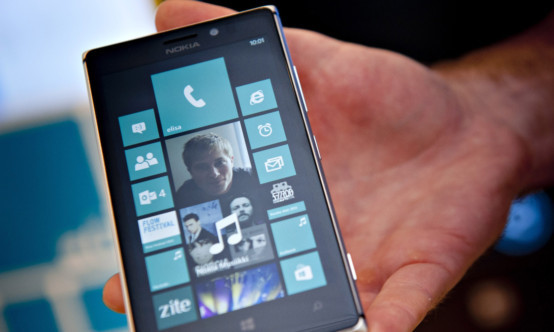Technology giant Microsoft is to buy Nokia’s mobile phone arm in a “bold step” in the smartphone market that will cost it about £4.6 billion.
The world’s biggest software company will buy the Nokia unit that makes mobile phones, including its line of Lumia smartphones that run Windows Phone software, as well as a 10-year licensing agreement to use Nokia’s patents.
The deal is expected to close in early 2014 and see 32,000 Nokia employees transfer to Microsoft.
Outgoing Microsoft boss Steve Ballmer, who announced plans to retire last month, said: “It’s a bold step into the future a win-win for employees, shareholders and consumers of both companies.”
It is the latest mega deal in the telecoms sector after UK-based Vodafone on Monday night confirmed the sale of its 45% stake in US group Verizon Wireless for $130 billion (£84 billion) netting its investors a £54 billion cash and shares windfall.
Finnish firm Nokia, which was once the world’s biggest mobile phone maker, will now become a telecoms equipment maker, representing a dramatic change in its near 150-year history.
For Microsoft, it marks an ambitious attempt to expand its share of the mobile devices market, having been slow to respond to demand and being overtaken by the likes of Samsung and Apple.
The group launched its Surface tablet last year, but take-up has been muted, and it unveiled an overhaul in July to transform itself into a devices and services group.
Mr Ballmer said: “Bringing these great teams together will accelerate Microsoft’s share and profits in phones, and strengthen the overall opportunities for both Microsoft and our partners across our entire family of devices and services.”
Nokia and Microsoft first teamed up in February 2011 on the Lumia smartphones.
Stephen Elop, Nokia president and chief executive, will step down to become head of the Nokia devices and services business within Microsoft, returning to his former company.
He has been tipped as one of the front-runners to take over from Mr Ballmer, who plans to retire within a year.
Mr Elop said the deal provides the “opportunity to accelerate the current momentum and cutting-edge innovation of both our smart devices and mobile phone products”.
It is understood that Microsoft and Nokia have been in negotiations since the end of January.
